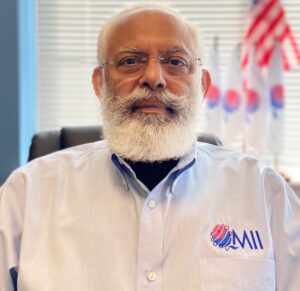Those who have been employed in the maritime industry for even few months will have heard the term that 80% of the accidents incidents at sea can be attribute to human error. The solution for this is often quality maritime training for the personnel involved. However, training is perhaps the most easily reversible corrective action. System experts will even go so far as to say that when something goes wrong do not blame the individual but blame the system. Can it always only be the system fault. Surely human error does play some part.
With the onset of STCW, new rules were ushered in to ensure quality maritime training for all personnel at sea. Similar rules have been extended to those in the inland water towboat industry with the onset of Subchapter M. STCW required maritime training centers to have quality standards systems in place and for flags to provide oversight of the training institutions to ensure quality maritime training was indeed being delivered. So, with such well trained personnel why then do errors still take place?
Safety management system are truly only successful when a just culture for safety exists aboard the vessels. This means there is no fear of repercussion or reprimand for stopping someone performing an unsafe act or to report an unsafe condition. When human error does creep in, it can often be attributed to the dirty dozen of unsafe acts and conditions. When a non-conformity occurs, or a potential non-conformity is identified the corrective action identified must address the root cause(s) of the problem. Poor root causes analysis will lead to quick fixes but no long-term improvement. Identifying the root cause leads to systemic corrective action with solutions perhaps being newly identified competence, mistake proofing of the system, revised procedures and in some case training. However, this time the training is made systemic and so repeated at periodic intervals.
Quality maritime training is only the first step towards ensuring qualified mariners as required by the ISM code but they competent, qualified mariners need to have the support of the system. When human error, operator error, user error and the such are identified over time as root causes it may be possible that it is indeed such, but it may also signify a deeper root cause. Perhaps a poorly managed hiring process, or induction process, or onboard training program. Training may have some role to play in the success of a safety management system and the reduction of human error as a cause of incidents/ accidents. Quality maritime training may be a leading preventive tool, however, only when the issues are treated systemically will long term improvements be gained and safer operations as a result.


